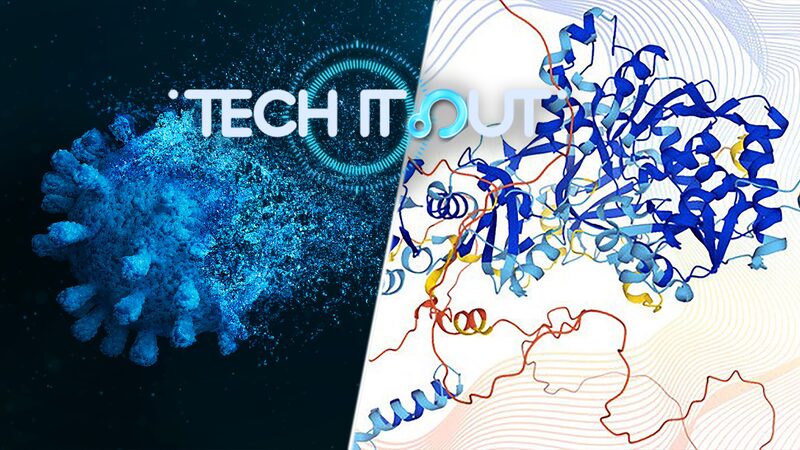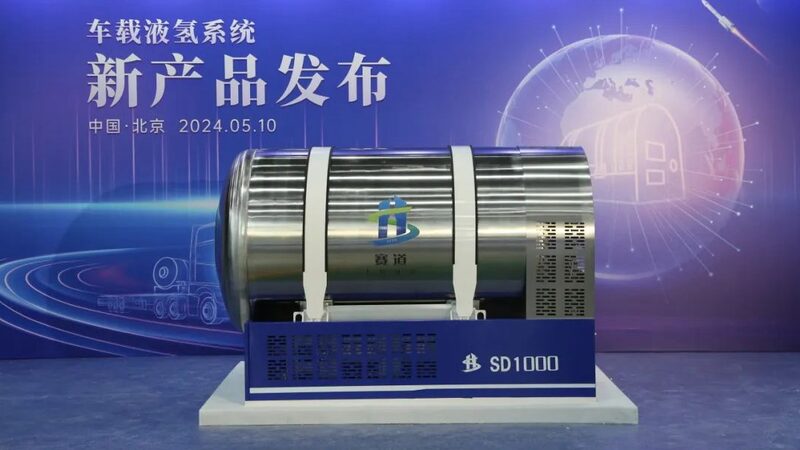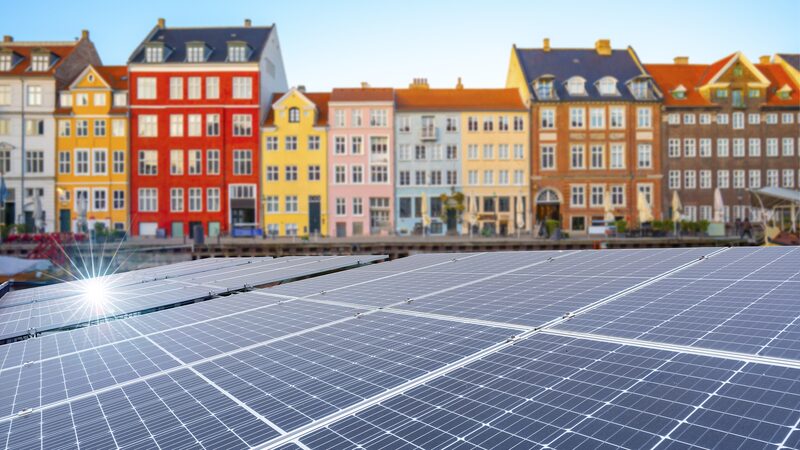A groundbreaking achievement in clean energy has been made by a team of Chinese researchers who have set a new record in solar hydrogen production efficiency. According to Science and Technology Daily, the team sustained an impressive 10.36 percent efficiency for over a month, marking a significant step toward large-scale green hydrogen production.
The study, recently published in Nature Communications, details the innovative work conducted by scientists from the University of Science and Technology of China and Wuhan University. By designing a novel photoelectrode structure utilizing silicon-based gallium nitride nanowires, the researchers were able to achieve this remarkable efficiency.
The newly developed structure demonstrates high solar hydrogen production efficiency in a half-cell configuration and maintains stable hydrogen production for more than 800 hours at elevated current densities. This advancement effectively extends the photoelectrode's lifespan from mere hours to several months, addressing the longstanding challenges of efficiency and reliability faced by traditional photoelectric hydrogen production technologies.
Photoelectrochemical water splitting, the process used in this research, directly converts sunlight and water into green hydrogen, making it a pivotal technology in the quest for sustainable energy solutions. However, conventional photoelectrode materials often suffer from corrosion and a decline in catalytic activity, limiting their durability and effectiveness.
To overcome these limitations, the research team incorporated gold nanoparticles as a co-catalyst into their photoelectrode structure. This enhancement not only boosts the catalytic activity necessary for the hydrogen evolution reaction but also prevents the detachment of gold nanoparticles during the reaction process, thereby maintaining catalytic activity over extended periods.
The study highlights that the new photoelectrode structure is suitable for mass production and can be adapted to other compound semiconductor and catalytic reaction systems. This versatility is expected to play a crucial role in energy conversion processes, supporting the global transition to sustainable energy and contributing to long-term environmental goals.
Reference(s):
cgtn.com








